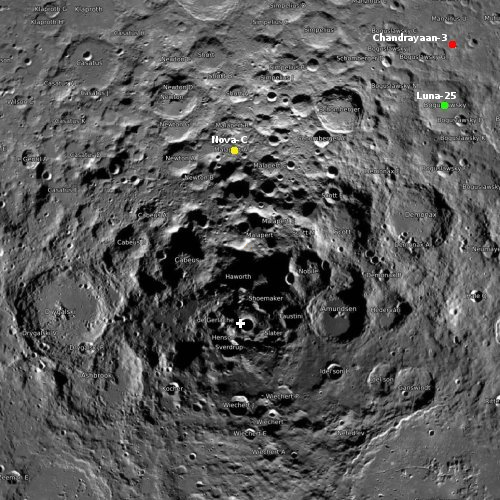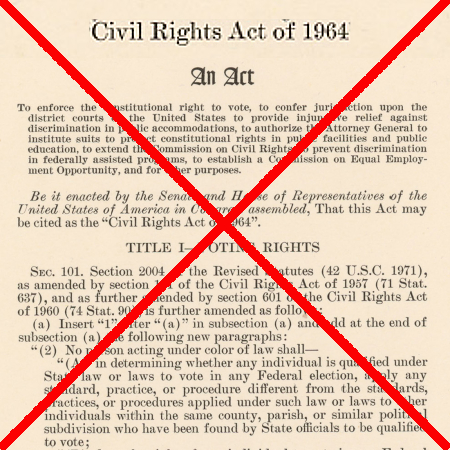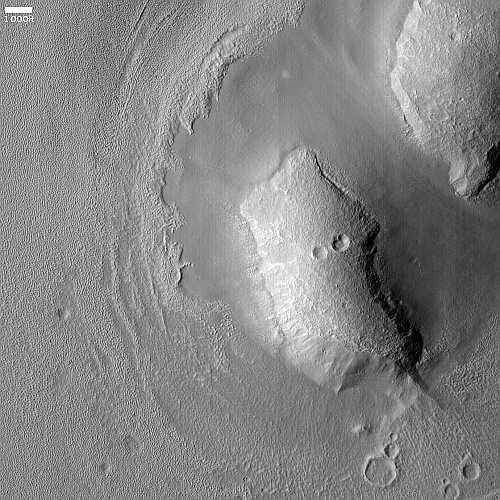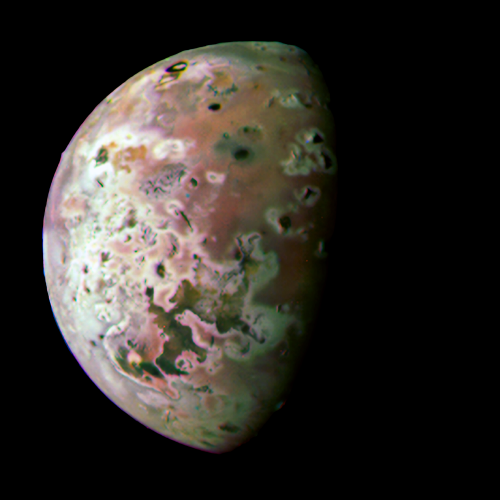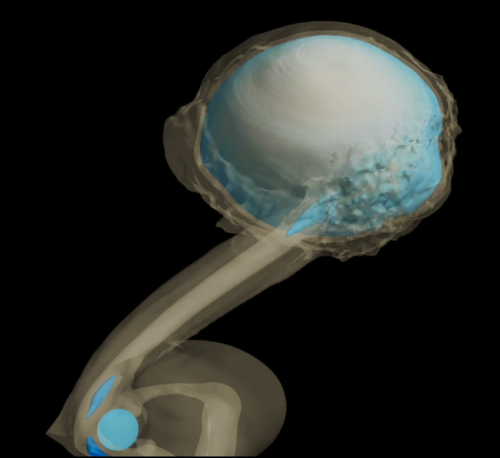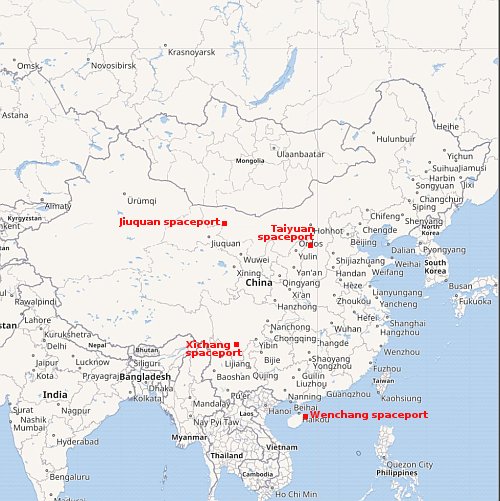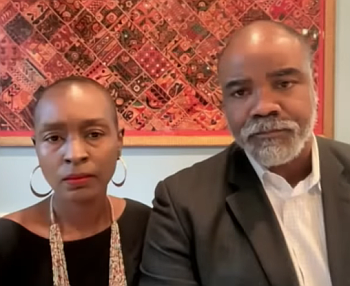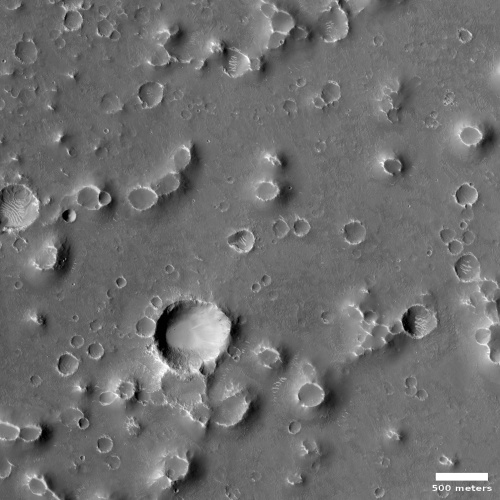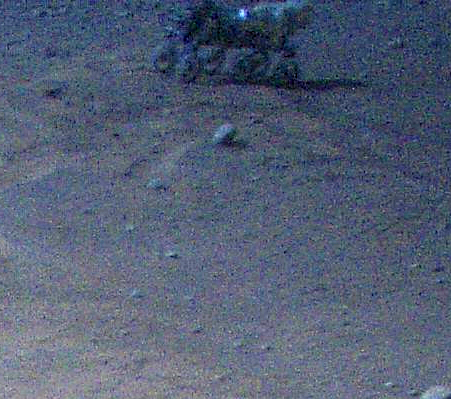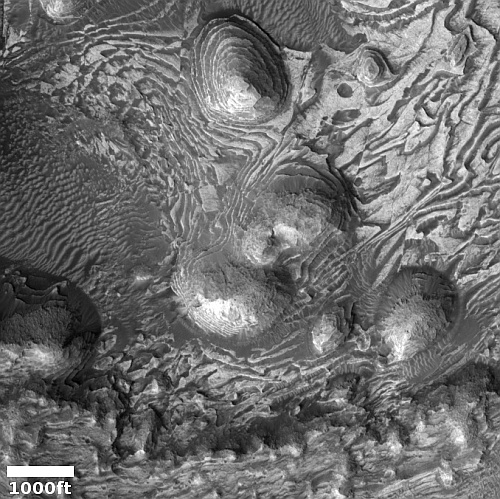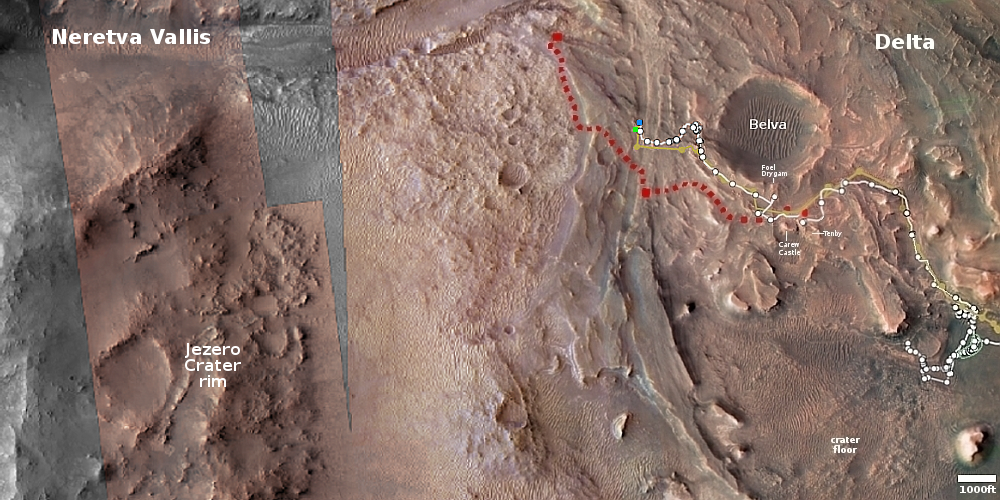SpaceX launches another 22 Starlink satellites
In what is turning into routine clockwork, SpaceX tonight completed its fourth launch in only the first ten days of August, placing 22 Starlink satellites into orbit using its Falcon 9 rocket lifting off from Cape Canaveral.
The first stage completed its ninth flight, landing safely on a drone ship in the Atlantic. The two fairings completed their tenth and eleventh flights respectively. At the time of posting the satellites themselves had not yet been deployed.
The leaders in the 2023 launch race:
55 SpaceX
33 China
11 Russia
6 Rocket Lab
6 India
American private enterprise now leads China in successful launches 63 to 33, and the entire world combined 63 to 55. SpaceX by itself is now tied with the entire world (excluding American companies) 55 to 55.
In what is turning into routine clockwork, SpaceX tonight completed its fourth launch in only the first ten days of August, placing 22 Starlink satellites into orbit using its Falcon 9 rocket lifting off from Cape Canaveral.
The first stage completed its ninth flight, landing safely on a drone ship in the Atlantic. The two fairings completed their tenth and eleventh flights respectively. At the time of posting the satellites themselves had not yet been deployed.
The leaders in the 2023 launch race:
55 SpaceX
33 China
11 Russia
6 Rocket Lab
6 India
American private enterprise now leads China in successful launches 63 to 33, and the entire world combined 63 to 55. SpaceX by itself is now tied with the entire world (excluding American companies) 55 to 55.


